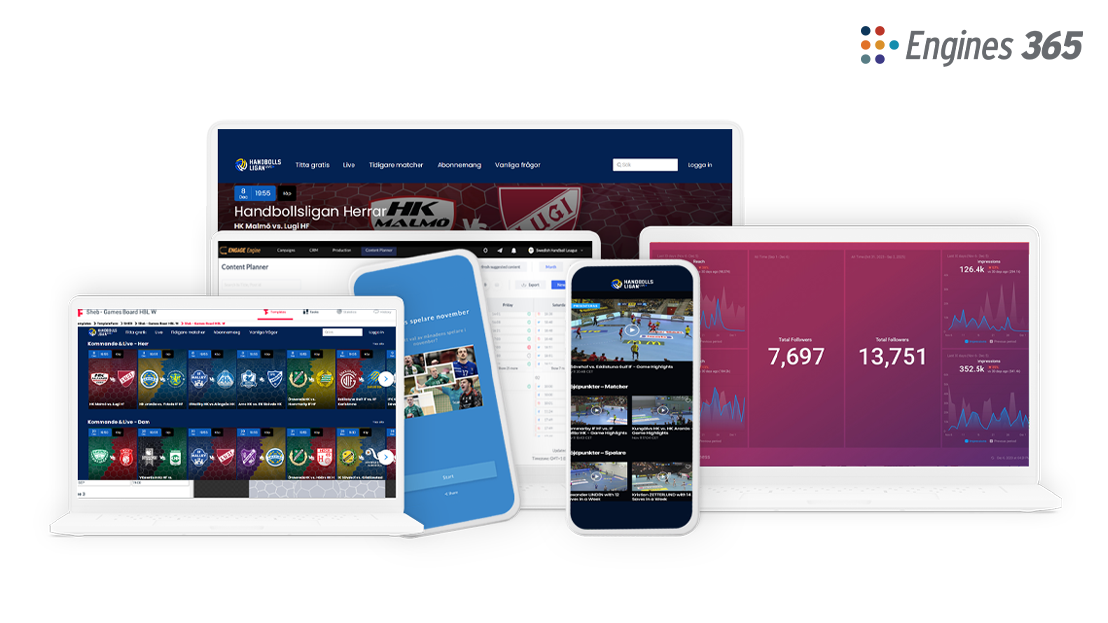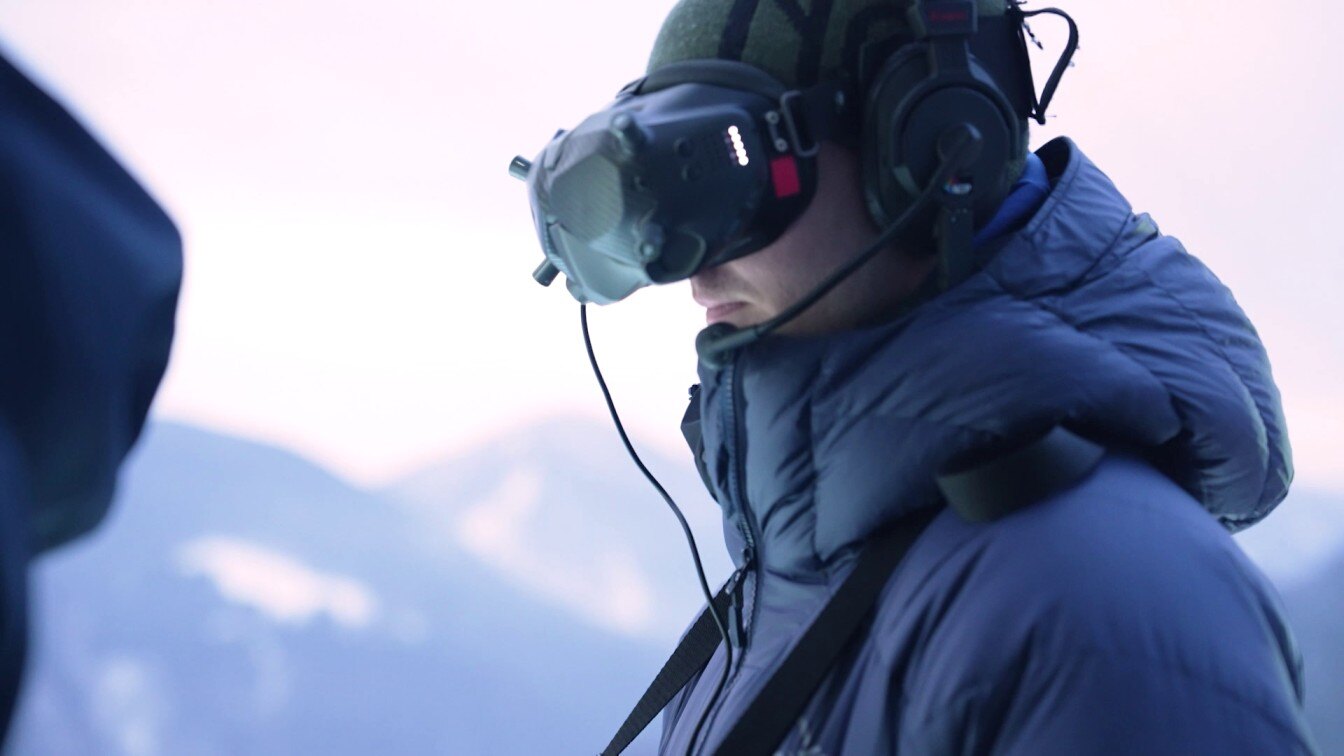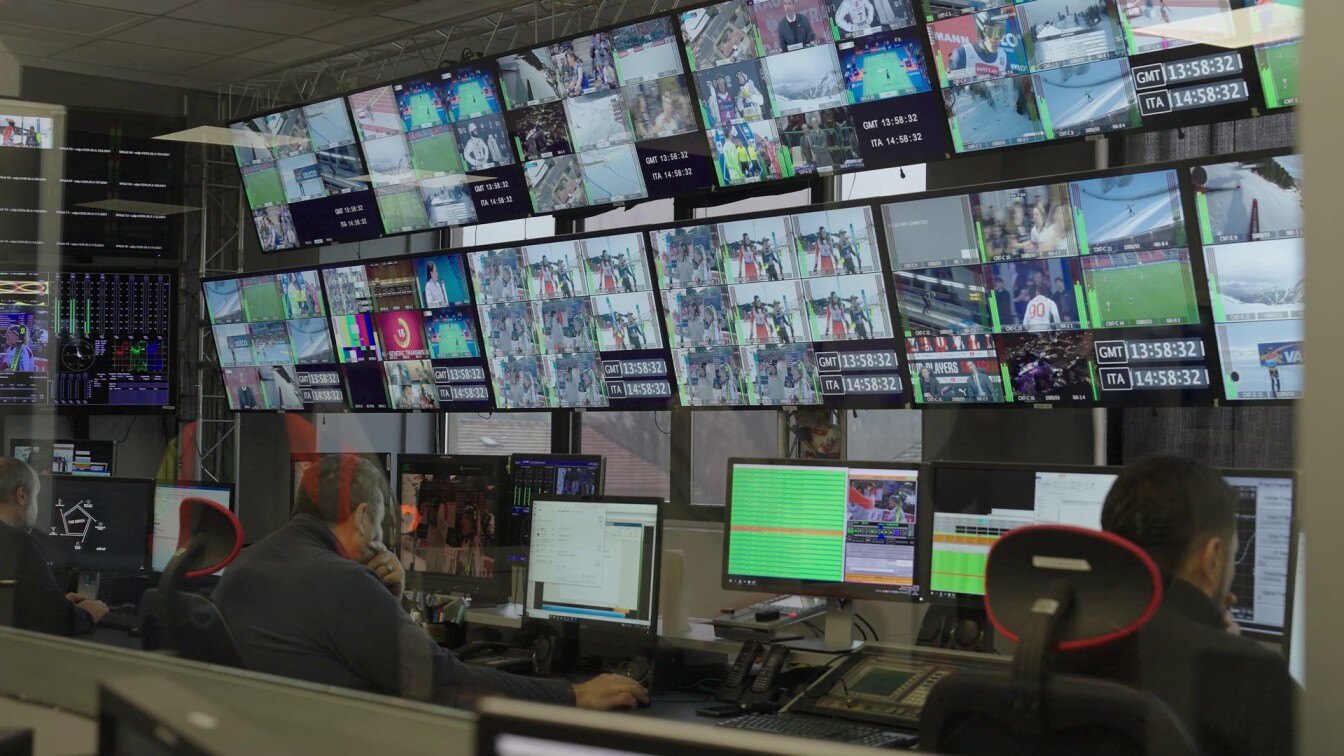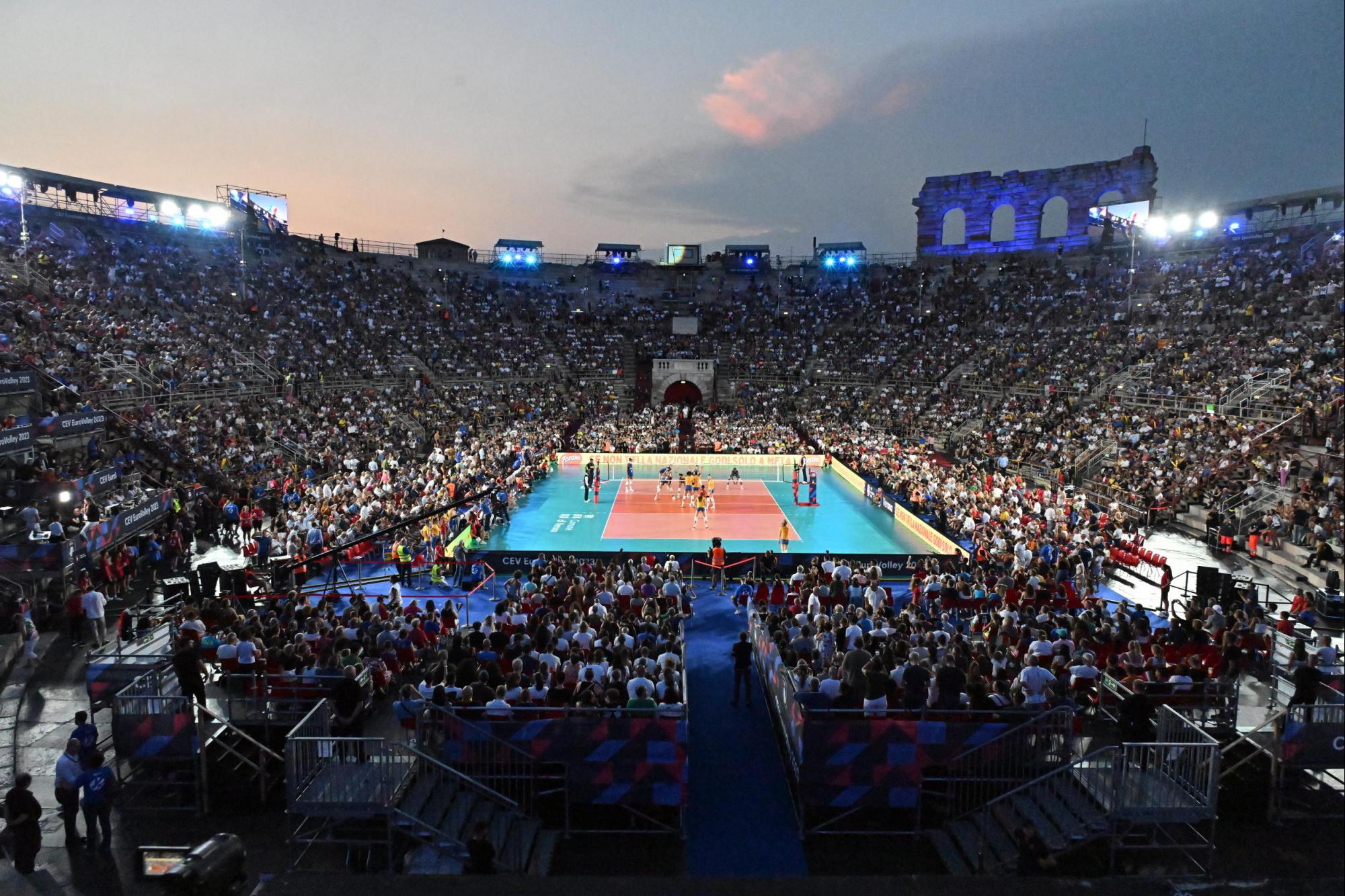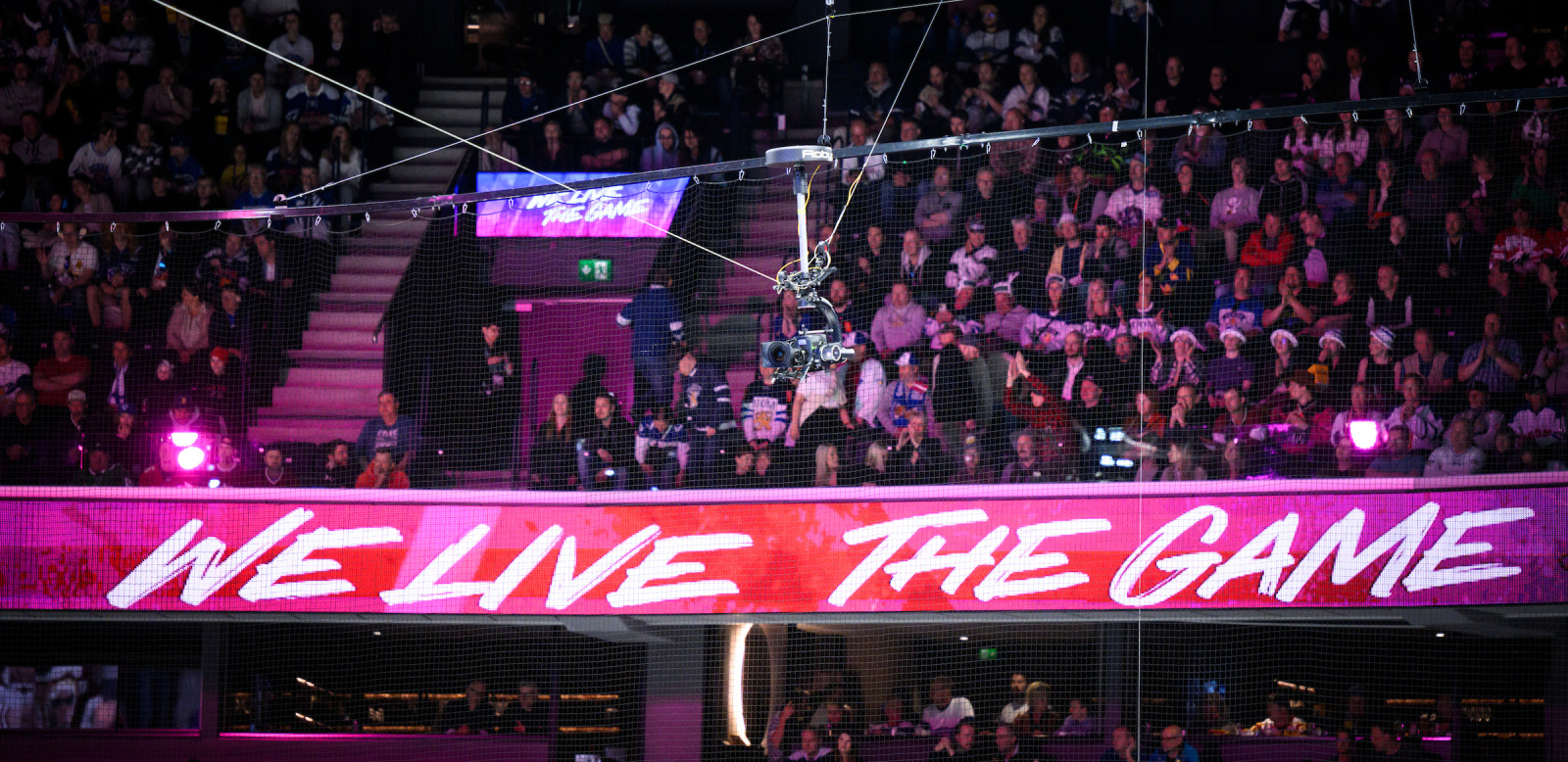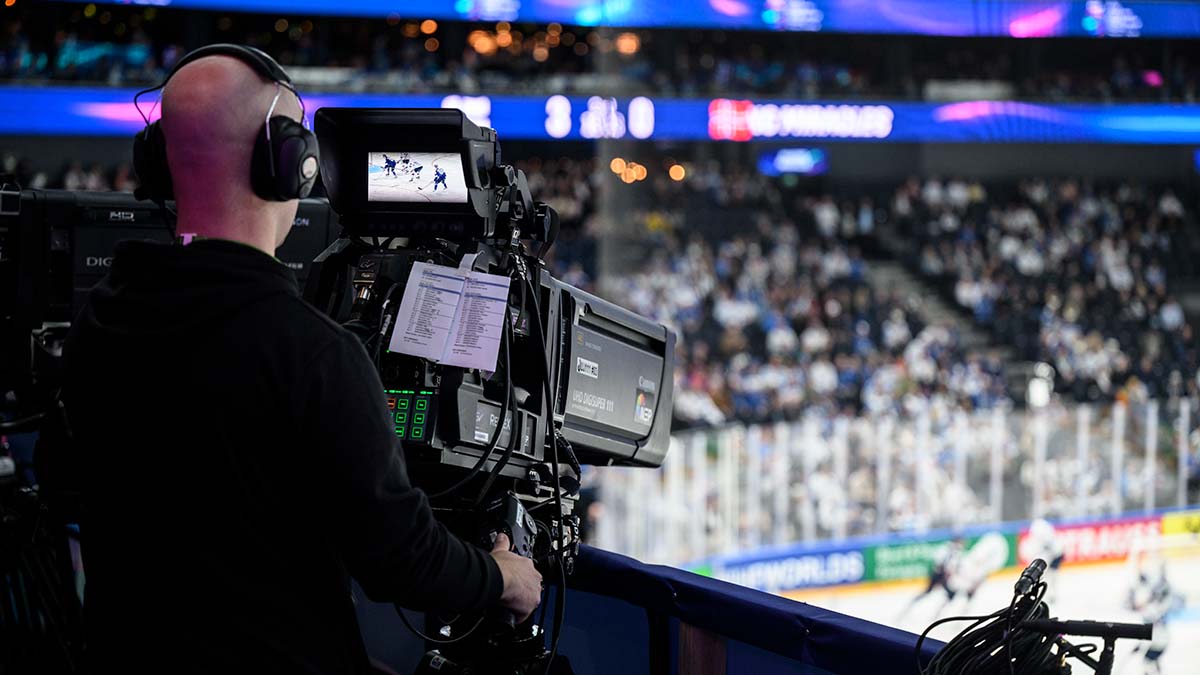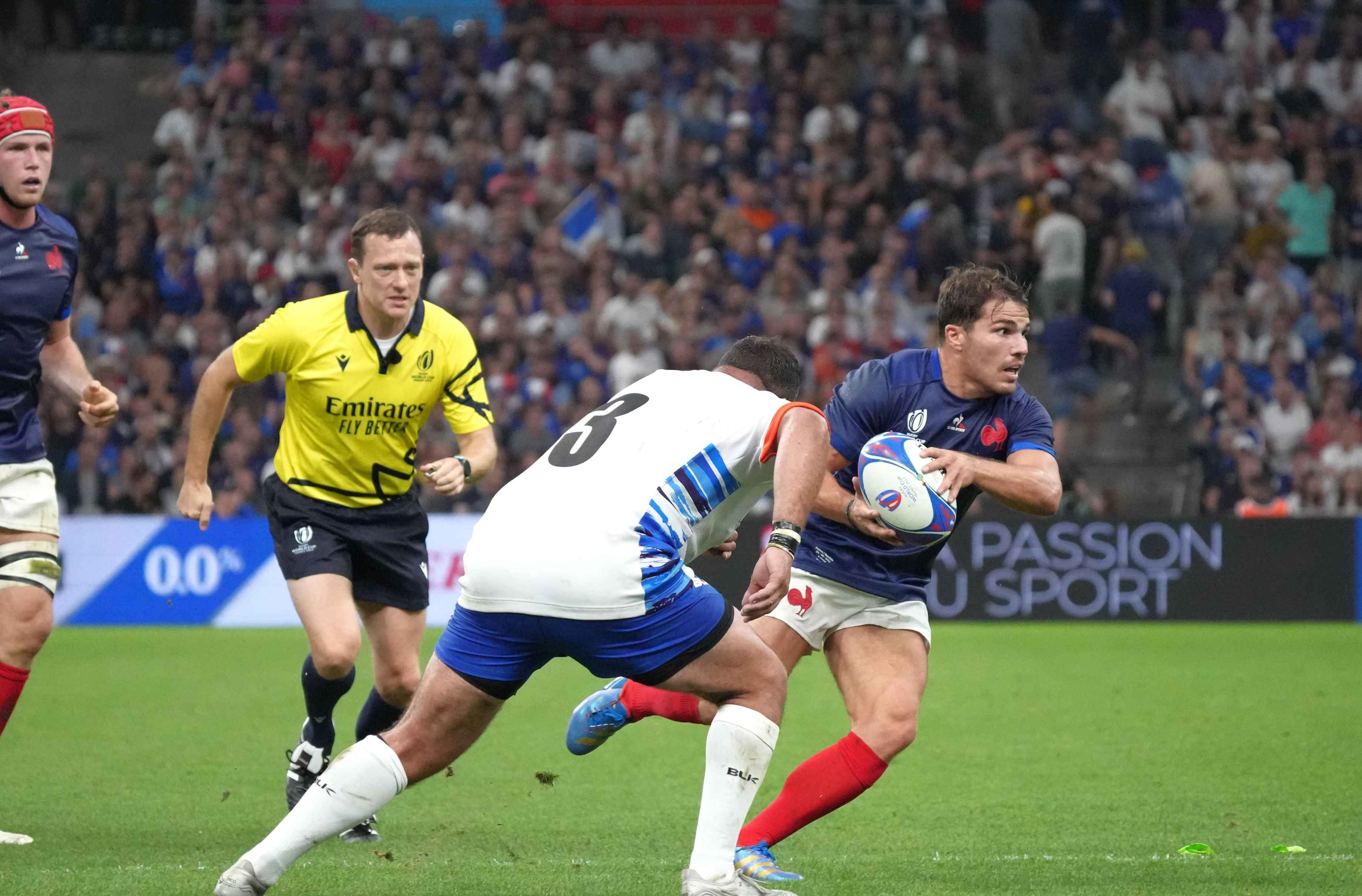Drone technology is now ever-present in sports broadcasting; birds-eye shots pepper highlights and sizzle clips from pitch to court to piste. This is not new territory.
However, for rights holders and broadcasters to embrace drone filming properly it is vital to push the boundaries of content production and create immersive, dynamic shots that adds to the storytelling of an event, not just show off the fact that they can do it.
How drone filming in sports events has evolved
Drones have moved from being a novelty to an essential tool in sports production. Initially used for highlight reels and promotional footage, they are now a standard part of live event coverage, bringing dynamic, cinematic angles that traditional cameras simply can't achieve.
Take the speed races at the FIS Alpine Ski World Cup, which is produced by Infront Productions. Drones have become integral to capturing the sheer speed and precision of the athletes.
"When we are developing our vision for telling the story of the race, the drone plays a key role," explains TV Director Franco Scotton. "We introduced the drone for the first time in 2023 at the FIS Alpine World Ski Championships. From then on, it has become a standard. Viewers at home are enthusiastic about this kind of view. It offers a unique perspective on the line athletes take and really lets you feel the speed."
The key benefits of drone filming for rights holders and broadcasters
Enhanced content value and monetization for broadcasters and sponsors
No broadcaster will buy rights to an event solely for superb drone shots. But if it is integrated into the broadcast in a logical way that adds value, offering a unique perspective that other sports don’t have then it can lend itself more heavily to the commercial value of media rights. With their ability to capture breathtaking, fast-paced shots, they create compelling content that increases demand from broadcasters, sponsors, and digital platforms.
In addition, the evolution of technology allows Infront Productions to patch in first-person view (FPV) drone footage into OB trucks along with other broadcast cameras, meaning camera settings can be controlled, enabling a consistent look and feel for TV output.
This also crosses over into the world of branded content and sponsor integrations. Custom drone shots can be tailored for advertising packages, providing innovative ways to showcase sponsor messaging within live coverage.
An engaging, immersive and cost-effective viewer experience
The upside is not exclusive to rights holders. By providing unique aerial perspectives, drones add an extra dimension to live sports coverage, making events more exciting and visually stunning.
"We are trying to keep consistency between sport and storytelling, which is really important," Scotton adds.
In addition, aerial shots in sports broadcasting have historically required helicopters or expensive overhead rigs. Drones provide a significantly more cost-effective solution without compromising on quality, making high-level aerial coverage accessible to a wider range of events.
In the case of the FIS Alpine Ski World Cup, the FPV drones used are customized to ensure they can keep up with the athlete. The smaller and more nimble models provide a video game feel to the audience, something especially appealing to younger fans.
Integrating drone filming into sports productions
For rights holders and broadcasters looking to enhance their coverage with drones, partnering with professional production providers is key. Expertise in drone operation, camera work and seamless integration into live broadcasts ensures that the technology enhances storytelling rather than distracting from it.
"Here on the mountain, the temperature is a big challenge," explains FPV Drone Operator Martin Bochatay, who works on behalf of Infront Productions. "When I’m flying, I don’t wear gloves because you really need to feel the sticks. Batteries also don’t work well in the cold, so we have to change them every two athletes."
Drones have even been engineered to match the speed of elite skiers who often travel at up to 130km/h. "The athletes are going so fast that we created a drone able to match their speed without too much wind drag. We worked on the aerodynamics to get these shots," Bochatay adds.
Drone technology is becoming an essential tool for modern sports broadcasting. From enhancing the viewer experience to adding value to a broadcast product, the benefits are clear.
If you’re a sports rights holder or broadcaster looking to integrate cutting-edge drone solutions into your coverage, Infront Productions has the expertise to bring your vision to life. Get in touch to explore how drone filming can take your sports production to new heights.


